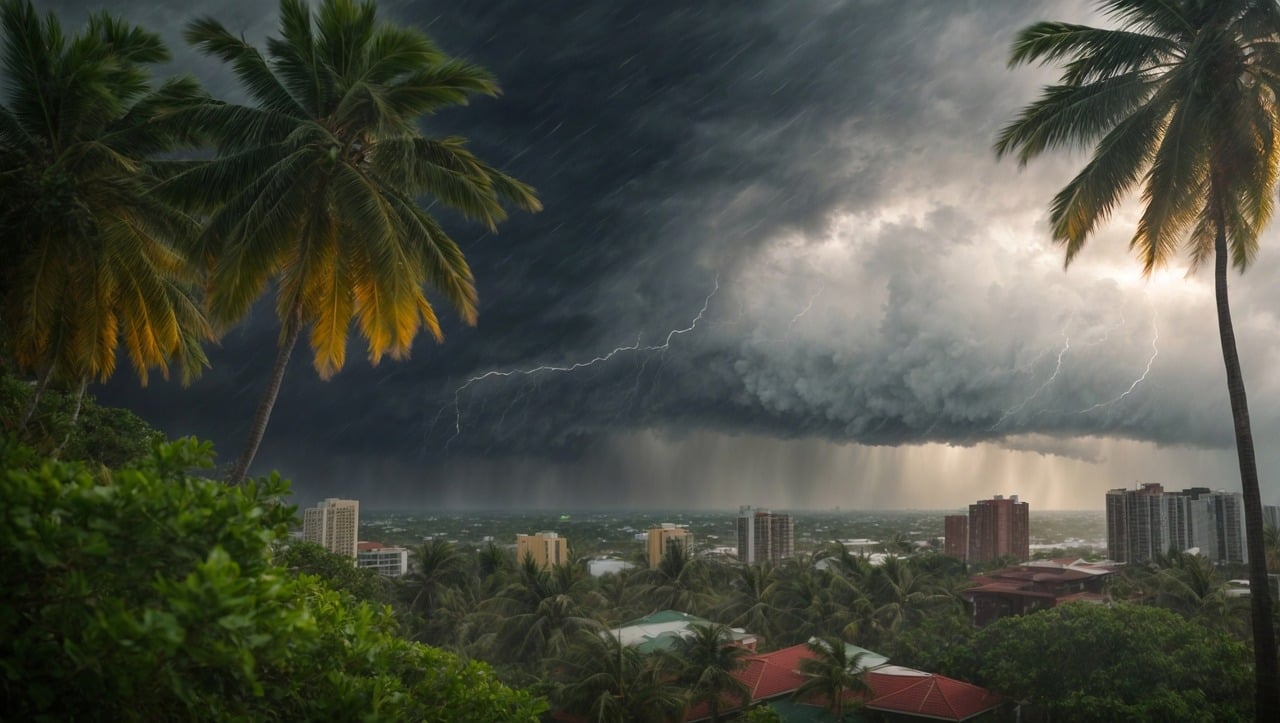Hurricanes and tropical events are powerful natural phenomena that can have varied impacts depending on the location and specific characteristics of the area affected. Understanding these differences is crucial for effective planning, response, and recovery.
Geographic and Environmental Impacts
- Coastal Areas:
- Flooding: Coastal regions are particularly vulnerable to flooding due to storm surges, which are caused by strong winds and low pressure pushing seawater onto the land. This can lead to significant flooding, especially in low-lying areas.
- Sea Level Rise and Surges: Rising sea levels exacerbate the effects of storm surges, leading to more extensive flooding and increased risk of erosion along coastlines.
- Low-Lying Areas:
- Flooding: Inland areas with low elevation can experience severe flooding from heavy rainfall, as water collects in basins and cannot drain quickly.
- Evacuation Challenges: These regions often face difficulties with evacuation due to limited infrastructure and the rapid onset of flooding.
- Non-Tropical Areas:
- Tall Trees: Areas not accustomed to tropical weather may have tall trees that are more susceptible to being uprooted by strong winds, leading to property damage and road blockages.
- Power Outages: The combination of strong winds and falling trees often results in widespread power outages, affecting communication and access to emergency services.
- Urban Areas:
- Infrastructure: Cities with large amounts of cement and roadways can suffer from severe flooding, as these surfaces do not absorb water, leaving it with nowhere to go.
- Population Density: High population density can complicate evacuation efforts and increase the strain on emergency services.
Pre-Event Planning
Effective preparation is essential to minimize the impact of hurricanes and tropical events. Key strategies include:
- Risk Assessment: Understanding the specific risks associated with a region, including flood zones, historical storm patterns, and vulnerable infrastructure.
- Evacuation Plans: Developing clear and efficient evacuation routes and plans, with consideration for vulnerable populations.
- Community Education: Informing residents about the risks and necessary preparations, such as assembling emergency kits and safeguarding property.
During the Event Response
During a hurricane or tropical event, immediate response measures are crucial:
- Emergency Services: Coordinating with local emergency services to provide timely assistance and maintain communication with the public.
- Shelter Provision: Establishing shelters in safe locations to accommodate evacuees and provide necessary supplies.
- Real-Time Updates: Utilizing media and technology to provide real-time updates on the storm’s progress and safety instructions.
Post-Event Recovery and Rescue
Once the storm has passed, the focus shifts to recovery and rebuilding:
- Rescue Operations: Prioritizing search and rescue efforts for those trapped or in distress, often involving coordination with national and international aid organizations.
- Assessment and Repair: Conducting damage assessments to prioritize repair and rebuilding efforts, focusing on restoring critical infrastructure like power and water.
- Long-Term Recovery: Implementing plans for long-term recovery and rebuilding, including addressing issues such as improved infrastructure, better flood defenses, and updated building codes to mitigate future risks.
Timelines and Considerations
- Immediate (0-48 hours post-event): Focus on rescue operations, emergency sheltering, and assessing immediate needs.
- Short-Term (48 hours to 2 weeks): Begin cleanup efforts, restore basic services, and provide support for displaced individuals.
- Long-Term (2 weeks to several months): Rebuild infrastructure, evaluate and improve planning and response strategies, and provide ongoing support to affected communities.
Understanding the diverse impacts of hurricanes and tropical events allows for better preparation and response, ultimately reducing their devastating effects on communities. Comprehensive planning, effective response strategies, and resilient rebuilding efforts are key to mitigating the impact of these natural disasters.
For more information, visit: www.NORMIProETF.org , www.Flood.NORMI.org and www.Hurricane.NORMI.org
The NORMIPro™ Environmental TASC Force was established to bring together a team of professionals who collaborate in various advisory capacities, mainly in the areas of indoor environmental health. As a not-for-profit 501(c)(3) the TASC force utilizes the talents, expertise, and resources of credible professionals throughout the country, under the direction, expertise, and wisdom of its Advisory Board of Directors. It serves to educate the public through the NORMI Community Awareness Program, educational media, and curriculum for career development and licensing requirements. It also oversees a professional standards-writing project for indoor environmental health assessment and restoration.

